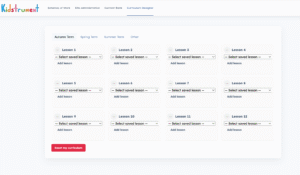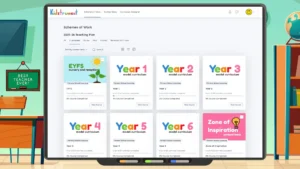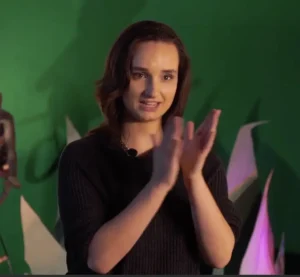Teaching Rhythm in Primary School: Strategies That Work
Getting every child to clap in time might sound simple — but teaching rhythm and pulse in a primary classroom can be surprisingly tricky. Some pupils jump ahead, some drag behind, and many don’t yet feel the beat.
The good news is: you don’t need to be a percussion expert to teach rhythm effectively. With the right structure, activities, and confidence, any teacher can help children develop a strong internal pulse and rhythmic awareness.
Start With the Pulse
Every musical skill builds from a steady pulse — the “heartbeat” of music. Before notation or instruments, children need to feel the beat.
Begin lessons with simple movement or clapping games. In Clap the Beat, pupils follow a guided sequence of patting, clapping, and tapping, led by clear on-screen prompts. It’s a great warm-up for EYFS and KS1, especially when you model posture and participation.
Tip: Encourage pupils to sit or stand tall with feet flat — it helps them internalise the beat through their body.
Once pupils can keep a steady beat, introduce variations. In Beat the Grid, children use visual shapes to subdivide the beat, learning that one pulse can be split into smaller rhythmic patterns.
Use Voice and Body Together
You don’t need instruments to explore rhythm — your voice and body are enough.
Try Learn Rhythm: Supermarket, where syllables of everyday words (“ap-ple,” “ba-na-na”) are turned into rhythm patterns. Pupils clap or tap along, discovering naturally how rhythm is linked to language.
Or switch to Musical Morse Code to challenge listening skills. Pupils translate short-long patterns into rhythmic symbols, reinforcing the idea that rhythm is both heard and seen.
Layer and Challenge
Once your class can hold a pulse together, try layering rhythms. In Forbidden Rhythms, pupils repeat back rhythm patterns — except for the “forbidden” one. It’s a fast, fun listening test that keeps focus high and improves rhythmic memory.
Upper KS2 can move on to Rhythmic Pyramid Pulse to explore note lengths. The visual pyramid helps children see how crotchets, quavers, and minims relate — perfect for introducing notation later.
Curriculum link: These tasks support performing with control and awareness of pulse (National Curriculum, KS2). See the Model Music Curriculum guidance (DfE, 2021) for progression examples.
Make It Physical
Young learners respond best when rhythm is felt. Combine clapping and movement — step side-to-side, march to a drum track, or bounce a soft ball to the beat.
If your class enjoys competition, turn rhythm into a game: divide into groups and have each perform a different pulse pattern simultaneously. Encourage pupils to notice how rhythms lock together — a first step toward ensemble awareness.
For mixed-age or SEND-friendly sessions, alternate seated clapping with movement breaks. The key is consistency — revisit short rhythm routines every lesson to reinforce pulse security.
Bring in Visuals and Shapes
Children grasp abstract concepts better with visuals. Activities like Beat the Grid use grids and symbols, while Rhythmic Pyramid shows note lengths stacked clearly. Even simple flashcards or whiteboard symbols (● ○ ●) can anchor learning.
Kidstrument includes dozens of rhythm-based activities like these, all designed for the classroom screen — no setup or notation knowledge needed.
Why It Works
- Start with movement and voice.
- Use repetition and variation.
- Connect rhythm to speech and visuals.
- Build gradually from pulse → pattern → notation.
Children who can keep a steady beat tend to show stronger coordination, timing, and even reading fluency. Rhythm isn’t just music — it’s a foundation for learning.
Try These in Your Classroom
- Clap the Beat — perfect pulse starter
- Beat the Grid — introduce subdivisions visually
- Learn Rhythm: Supermarket — connect speech to rhythm
Next Steps
Rhythm isn’t about perfection — it’s about participation. When every pupil moves and claps together, they’re not just learning music; they’re building focus, teamwork, and confidence.
Try it now: Explore Rhythm Activities on Kidstrument and find ready-to-use lessons for every age group — no prep, no stress.





